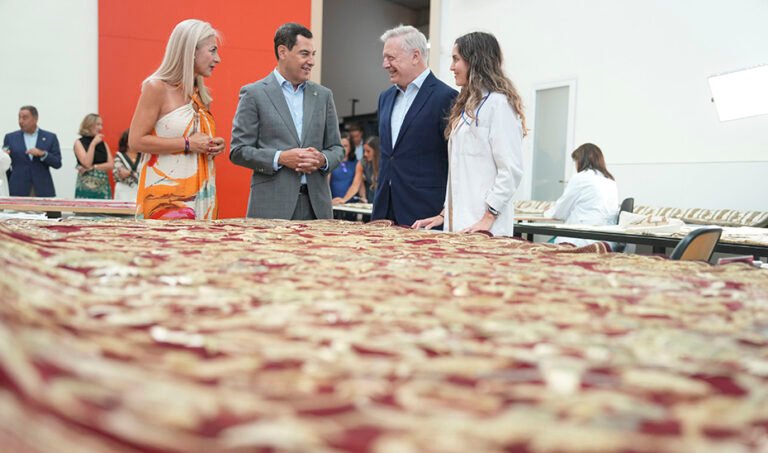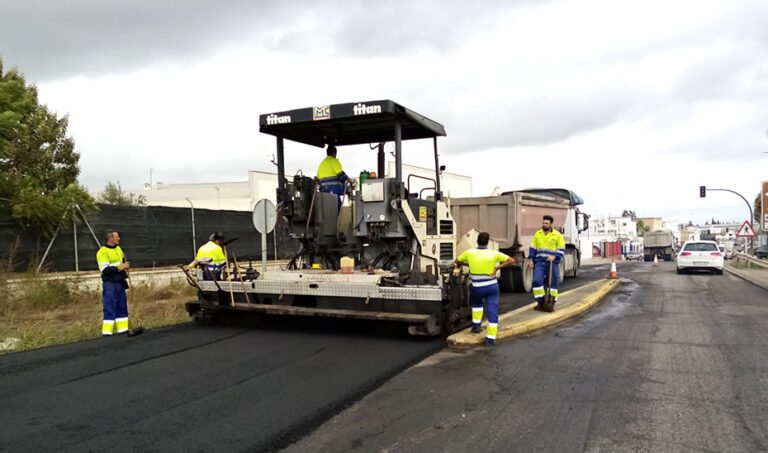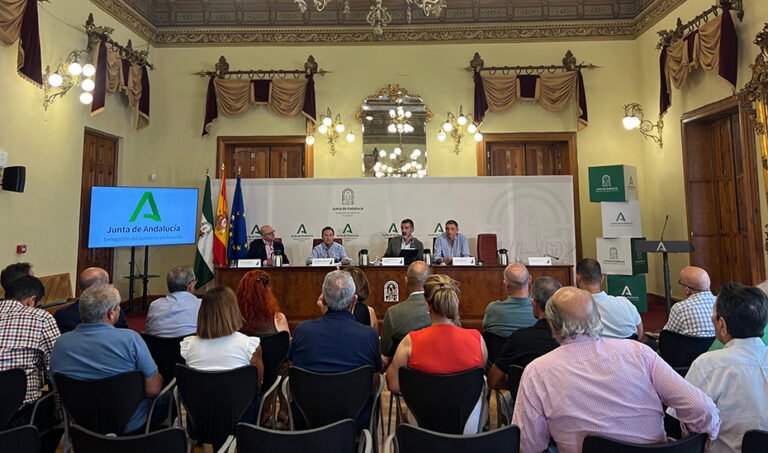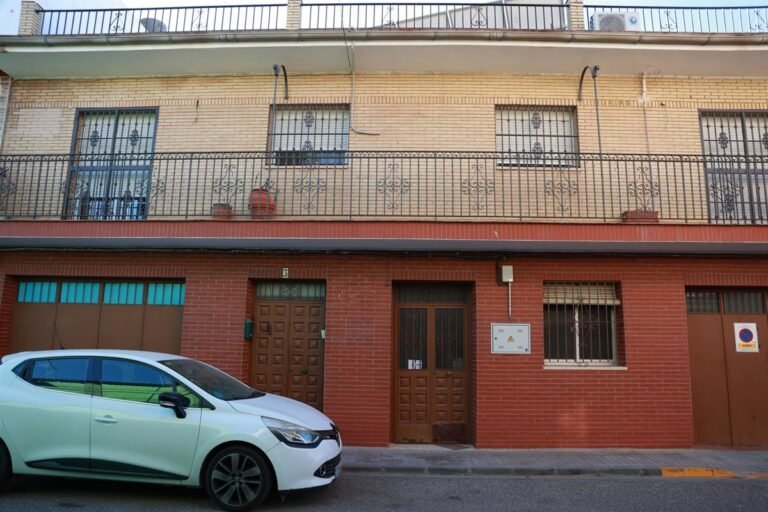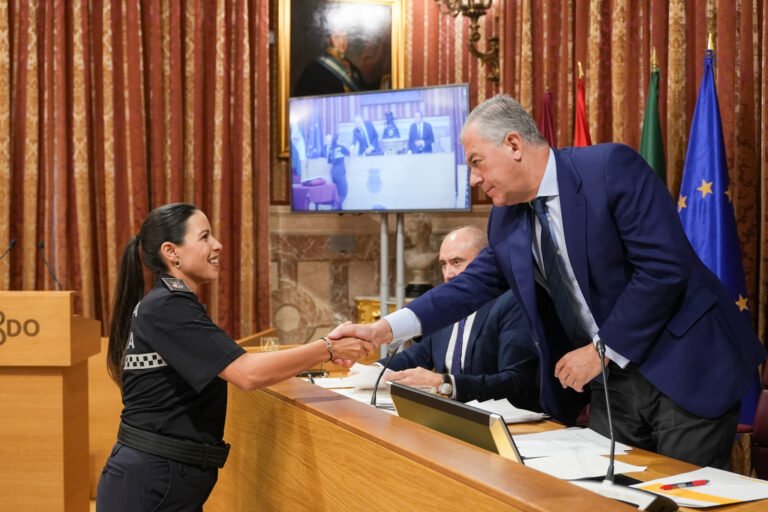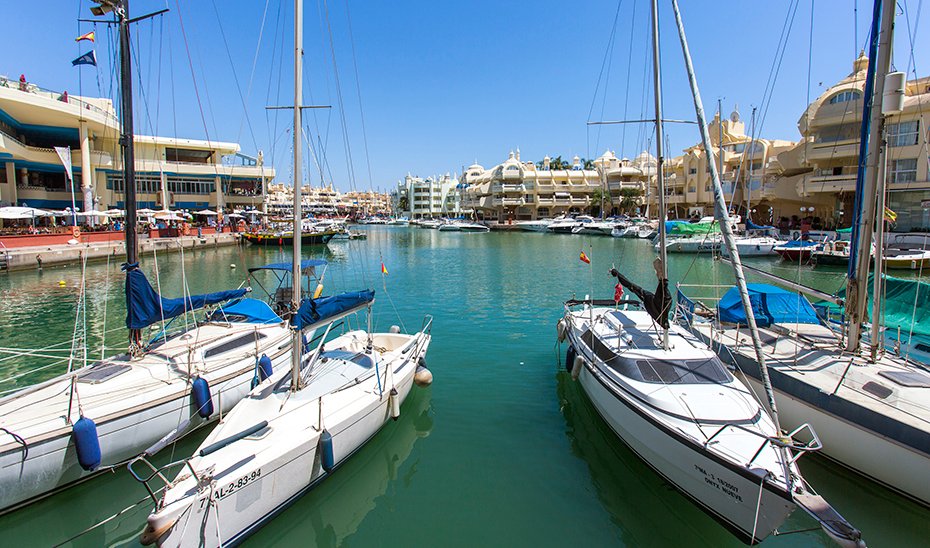
The Minister of Tourism and Andalusia Exterior, Arturo Bernal, has emphasized the role of tourism as a driver of social and economic transformation in the community in recent years. «Thanks to this industry, many Andalusians have had new job opportunities and, at the same time, our cities and our cultural and natural heritage have been revitalized. This is an industry that reinvests its benefits in the community».
In this regard, Bernal highlighted that the Junta of Andalusia has allocated over 326 million euros in direct investments to local entities in the past five years, related to improving connectivity in communications, creating and maintaining rural roads, green routes, bike lanes and EcoRoutes, promenades, beach regeneration, improving their facilities, or regenerating natural spaces.
These investments have reached 617 municipalities, demonstrating the widespread impact and redistributive effect of the tourism sector in the Andalusian territory.
Among them, notable initiatives include the Sustainable Tourism Destination Plans, with a total investment exceeding 225 million euros between 2021-2023, funded by European funds and managed by the Junta, as well as the Tourism Plans for Major Cities, with 43.7 million committed.
Moreover, over 25 million has been allocated to subsidies for tourist municipalities, almost 11 million for enhancing beaches, and over 9 million dedicated to improving accessibility and valuing cultural and natural heritage in the interior, strengthening the tourism development of areas that had traditionally been left out of the economic impact of this activity.
The Minister of Tourism, Arturo Bernal, at the public Tourism Andalusian company (Archive).
This investment of 326 million has enabled various actions to improve urban environment and accessibility, preserve cultural and natural heritage, update water and waste management facilities, and boost tourism offerings.
Some of the specific actions undertaken include:
1. Restoration of fountains and washhouses or enhancement of viewpoints in Conil de la Frontera.
2. Renovation and paving of the promenade in Carboneras.
3. Restoration and improvement of the bullring in Cazorla.
4. Construction of adapted pedestrian access on a slope at Carvajal Beach in Benalmádena.
5. Improvement of wastewater drainage system from beach toilets in Costacabana to the municipality’s sewer system and adaptation of the shower water drainage system at Costacabana and Retamar beaches in Almería.
6. Revegetation and protection of the coastal front to mitigate adverse effects of climate change on the Motril promenade.
7. Project to improve accessibility and facilities at the San Sebastián hermitage in Ayamonte.
8. SEBIF Dome Project for the consolidation of FIBES 2 as the main building for hosting events, fairs, and cultural shows in Seville.
9. Improvement of equipment and furniture on Marbella beaches.
10. Development of products like ‘Jerez de cine’, ‘Ruta del vino’, and ‘Jerez Natural’, and creation of a space at the Jerez Zoobotanical Garden to host the sustainable tourism project ‘GADA: Andalusian Domestic Animal Farm.
11. Improvement of itineraries in the natural surroundings of Villafranca de Córdoba to promote hiking or cycling tourism.
For the Minister of Tourism, these investments aim to strengthen the work of the Juanma Moreno Government to make Andalusia a leader in managing sustainable tourism comprehensively, with a growing emphasis on social aspects.
«In Andalusia, we understand sustainability as the ability of the new tourism model we are building to meet the legitimate expectations and aspirations of all the actors represented in this ecosystem, including, of course, residents«.
Bernal also highlighted that all these actions help create quality employment throughout the region. «The latest data from the ministry for the month of May confirm Andalusia as the driving force of tourism employment in Spain. We were the region that created the most jobs in absolute terms (over eleven thousand positions) and the second in relative terms, with a growth higher than the national average. Tourism is an industry that provides employment throughout the year, and we have reduced the temporality rate to historic levels.»
In conclusion, the Minister stated that Andalusia is building «a tourism model for the future, which not only takes care of visitors but also of the Andalusian residents who welcome them, and their heritage and natural environments.»

